For two hunters on a bucket-list turkey hunting road trip, Kansas’s Farm-Bill-funded access program delivers
Like many hunters from the eastern United States, I’ve always wanted to head west across the Mississippi for an unforgettable hunting trip. Hitting the road with a good friend, taking in the wide-open landscape, and spending time in the woods with a tag in my pocket just couldn’t be more appealing.
I had the chance to fulfill this dream with my buddy and co-worker Travis only a few months ago, thanks to the generosity of a Kansas farmer named Ray. Travis got in touch with Ray through his brother, a farmer in our home state of North Carolina. Neither Travis nor I had met Ray in person, but he offered us a place to stay if we wanted to come out and hunt spring turkeys in the Sunflower State. We didn’t need much convincing to take advantage of the opportunity.
What’s particularly special about the land, and further proof of Ray’s generosity, is that it’s enrolled in the state’s walk-in access program, which is funded in part by the federal Farm Bill initiative known as the Voluntary Public Access Program. Landowners are encouraged to open private acres for public access to hunting and fishing, creating new outdoor recreation opportunities in areas with few public lands. Now that the 2014 Farm Bill has expired, walk-in access programs across the country face an uncertain future.
This is just one hunting story that wouldn’t have been possible without walk-in access on private land and Farm Bill funding.
First Stop: Topeka
Our journey started at 4:00 am when Travis picked me up at the farm, hoping that an early start would get us to our destination by nightfall. After crossing into Kansas, we planned to stop first in Topeka, both to stretch our legs and to buy hunting licenses and a pair of tags each.
Around 9:30 we arrived in the town of Liebenthal, where we met Ray as well as some of the local farmers and residents. Everyone couldn’t have been more welcoming. Later we unpacked our bedrolls at Ray’s, which was serving as something of a makeshift hunting lodge for his friends and family. After some more conversations and introductions, we went to sleep with plans to wake up at 5am.
Only a few hours later, our alarms sounded, and we headed out in the dark.
Day One Success
In addition to our gear and shotguns, each of us carried a Kansas turkey hunting guide book, which proved extremely valuable throughout the trip. These guides include a map that identifies lands enrolled in the Walk-In Hunter Access program. Having turkey hunted in Nebraska and Kansas the previous year, Travis was familiar with WIHA and raved about the opportunities we would enjoy.
The first morning, we made our way northwest to a block of WIHA land, clearly marked by signs on the boundary of the property as we drove. We located a spot next to a river which we found had cottonwood trees lining the water just after daybreak. From the road we could both see a large Rio Grande tom fanning several hens about a hundred yards off the road under a large cottonwood tree.
Right away, I jumped from the truck, got my turkey suit on, and loaded up a shotgun, telling Travis that I was going to put a stalk on my first Kansas turkey. He looked at me like I was crazy, but I had come 1,200 miles to hunt and the clock was ticking. Thirty minutes later, after crawling on my hands and knees to within forty yards of the birds before blowing them out, I returned to the truck disappointed.
After a quick huddle, Travis and I came up with an afternoon plan to ambush an old tom we’d seen roosted in some big cottonwood trees. Once we set up the blind, the wait began and we took turns resting while the other watched and listened for the turkeys returning to their roost. About an hour before sunset we heard our first gobble, which perked us right up. The tom was coming towards us on the hillside above, letting out a thunder gobble every twenty yards until I pulled the trigger. With a cloud of dust and the flop of feathers, I had my first Rio Grande tom in the bag.
The Long Sit
Our wake-up call came early the next morning and it was Travis’s turn to find his bird. We headed south through LaCrosse and then east to another patch of WIHA land with a creek running through it. Water is scarce in central Kansas, and the cottonwood trees that grow nearby hold turkeys early in the morning and late in the afternoon.
Our initial set-up on some roosted birds fell apart when they flew down and quickly headed in the opposite direction from us. The wind began to blow hard out of the south and we were both tired, so Travis suggested getting the blind from the truck and hunkering down where we were. The rest of the day we watched for turkeys out of the blind’s portholes and caught up on our sleep.
Just before sunset, we both came to full attention as a large group of redhead turkeys began approaching from the other end of the meadow. As the birds got closer, we both realized they were the jakes from the group we’d seen come down that morning.
Travis was still looking at the jakes when I peered out of other side of the blind and spotted two giant toms coming out of the creek bottom. I told Travis to get to where I was and scrambled to move out of his way. After a shotgun blast rang out, Travis yelled “I got him” and turned around to celebrate. With two tags punched and a few days left in our trip, we started planning our next move. In the meantime, we repaid some of the locals for their hospitality by cooking up a dinner of wild turkey nuggets and roasted red potatoes.
On the Move
After a day of rest, we loaded up early on the fourth morning and drove back to the WIHA property we’d hunted previously. Unable to sit still another day, I decided to spot-and-stalk a tom. Travis didn’t seem to have much confidence in the idea and wanted to stay in the blind, so I grabbed the decoy he’d brought and headed for bluffs above the valley.
Working my way across the top while glassing with my binoculars, I spotted a group of hens on the valley floor. I dropped down the slope and moved between the cedars to get within shooting range, letting the hens and then a group of jakes pass. My patience was rewarded. A very nice long-beard tom was about a minute behind the jakes, following slowly in their tracks.
I presented the decoy and then flipped the fan around to its rear, causing the tom to lock in and race towards me—just the reaction I was hoping for. Once the tom got within 20 yards I let go of the decoy and raised my shotgun, dropping him in his tracks a moment later.
I took a minute to thank God for my second turkey of the trip, collected my things and slung that old tom over my shoulder for the walk back up the valley floor.
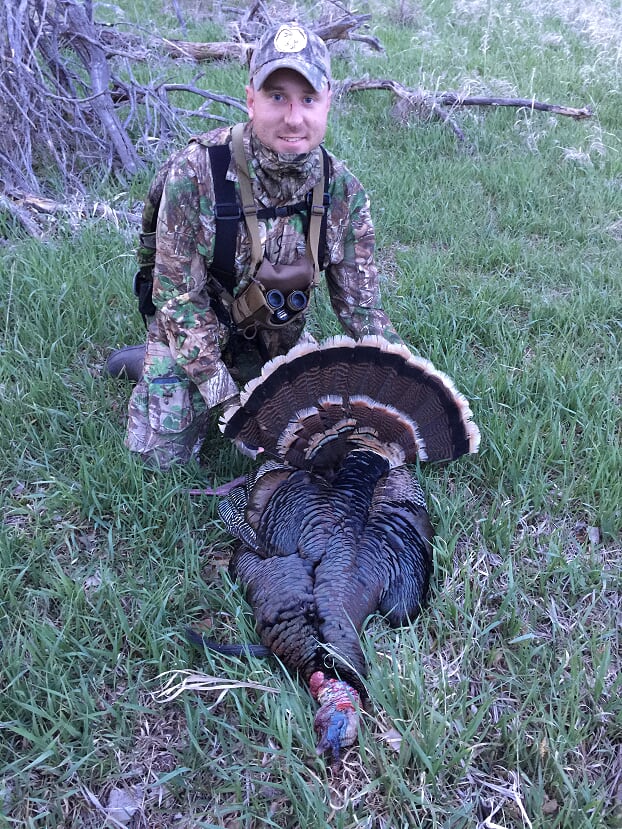
Tagged Out
The next morning we drove around looking for turkeys in fields with hopes that some would be accessible to us on WIHA land. South of Bison, we spotted three toms fanning several hens at the back of a crop field. It wasn’t long until we saw WIHA signs hanging on the fence row, and Travis turned onto the next road and pulled over at the nearest spot.
Once out of the truck, I grabbed the decoy and we began our stalk single-file, with me holding the decoy out in front. Our first movement took us roughly 500 yards to several round bales of hay in the middle of the crop field, but another 500 yards stood between us and the turkeys. We again hooked up single-file, shielding ourselves from view with the decoy, and headed straight across the open ground.
Once we were within 30 yards or so, two jakes and a tom locked in on the decoy and began running towards it. I urged Travis to shoot as the birds closed the distance, picking up their pace. When he finally pulled the trigger, I saw one of the birds go flopping across the field. Travis was tagged out in Kansas.
The Stuff Dreams Are Made Of
Between the opportunities we found on prime private land, the success we enjoyed turkey hunting, and all of the deer, quail, pheasants, and rabbits we saw, I couldn’t be positive enough about the experience we had in Kansas. And what made it all possible, in addition to the friendliness of everyone we met, was the outstanding opportunities made available through the Voluntary Public Access Program.
The opportunities this program creates on private land are a huge boon to hunters who have limited access at home or want to chase game in states that have very few public lands.
If you use walk-in access, or know someone who does, click here to tell Congress to increase funding for VPA in the upcoming Farm Bill.
Michael Hoyle is a criminal investigator for the Catawba County Sheriff’s Office in Newton, North Carolina, and a SWAT team sniper. When he’s not chasing criminals, writing reports, or training, he’s chasing feathers, fur, and fins throughout the United States and making the most of our public land. Hoyle has been hunting and fishing since he could walk and loves nothing more than to put his friends and family on fish and game. Find him on Instagram @Hoylesopenchokeremmy

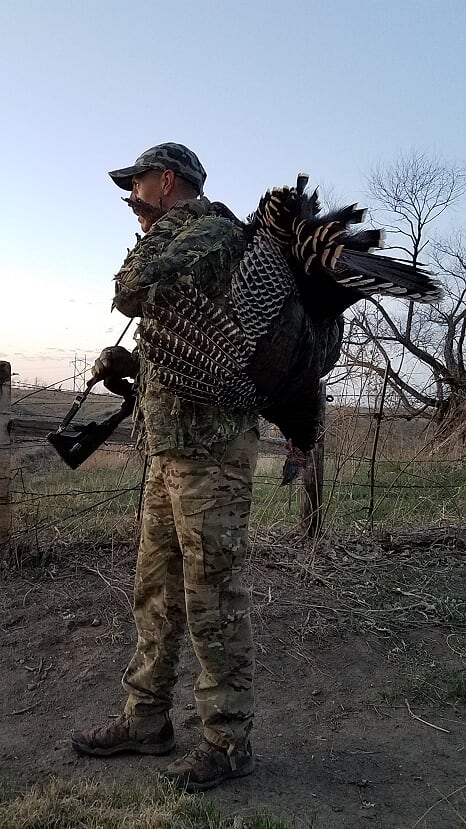
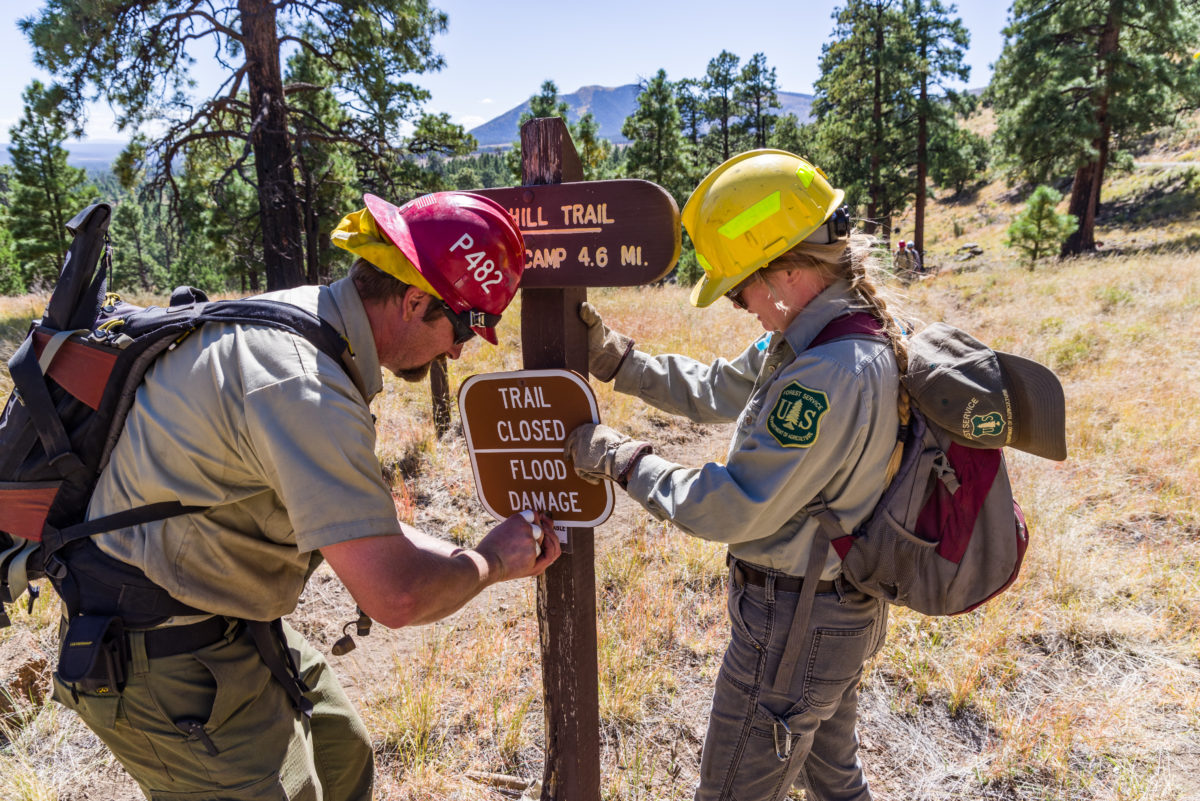
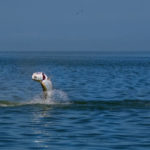
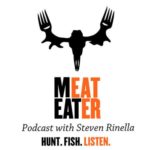 If you rock a #keepitpublic bumper sticker…
If you rock a #keepitpublic bumper sticker…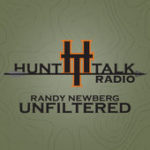 If you are ready to get schooled on the deer disease that is changing the way we hunt…
If you are ready to get schooled on the deer disease that is changing the way we hunt…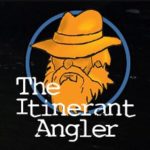 If you’re contemplating a career shift to make more of a difference…
If you’re contemplating a career shift to make more of a difference…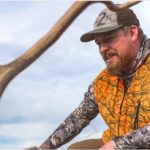 If you’re about to drop some serious money on gear…
If you’re about to drop some serious money on gear…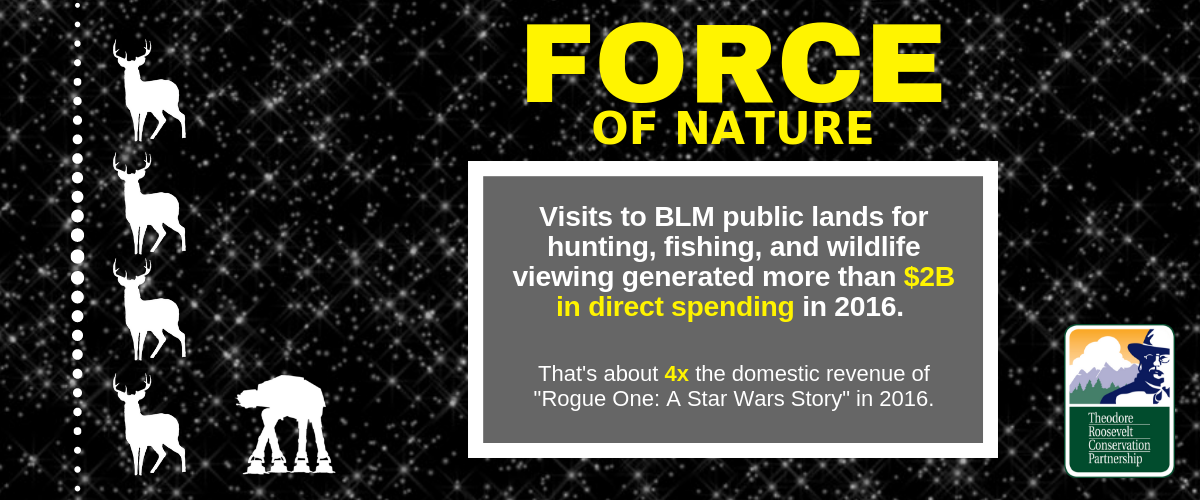
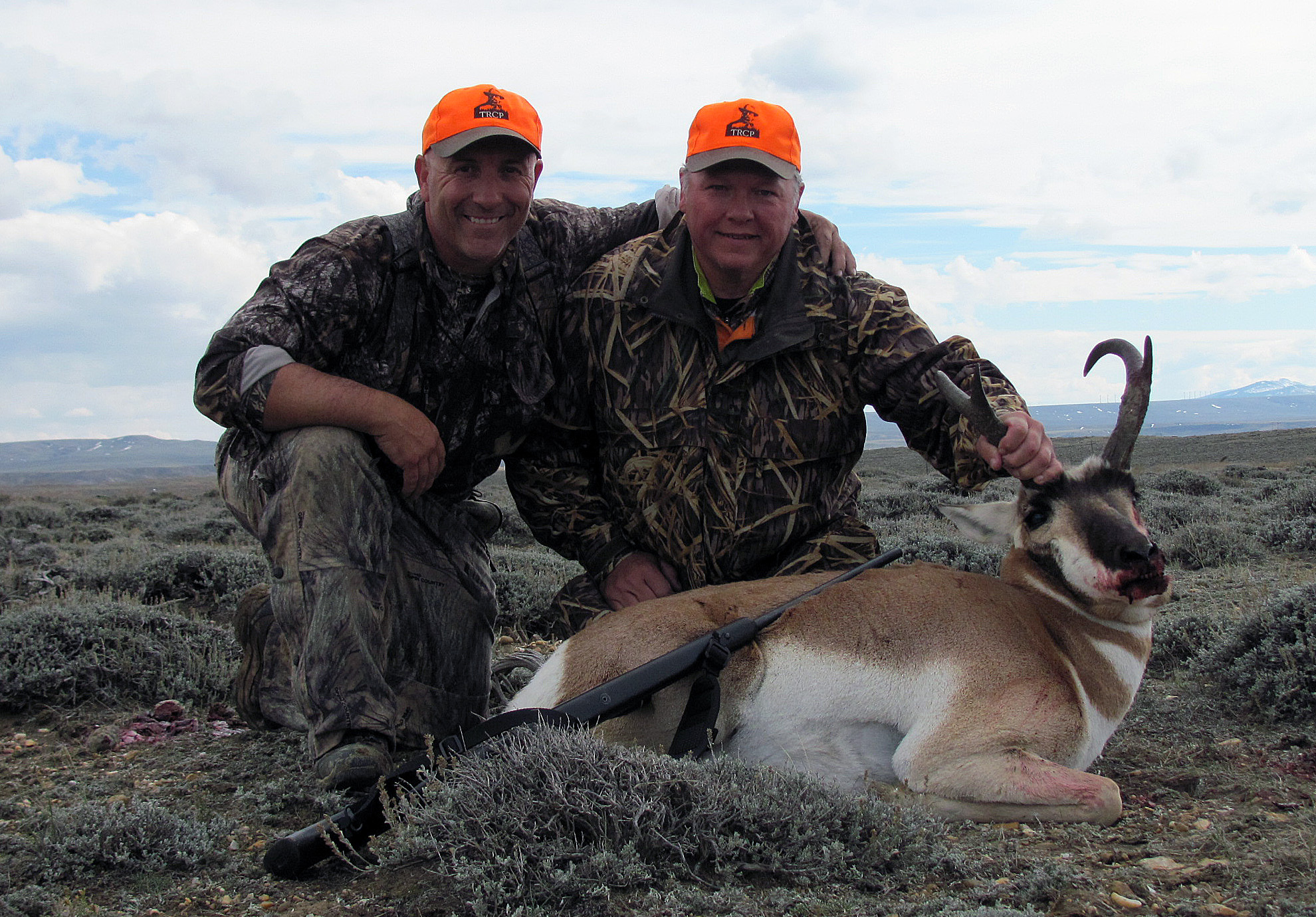
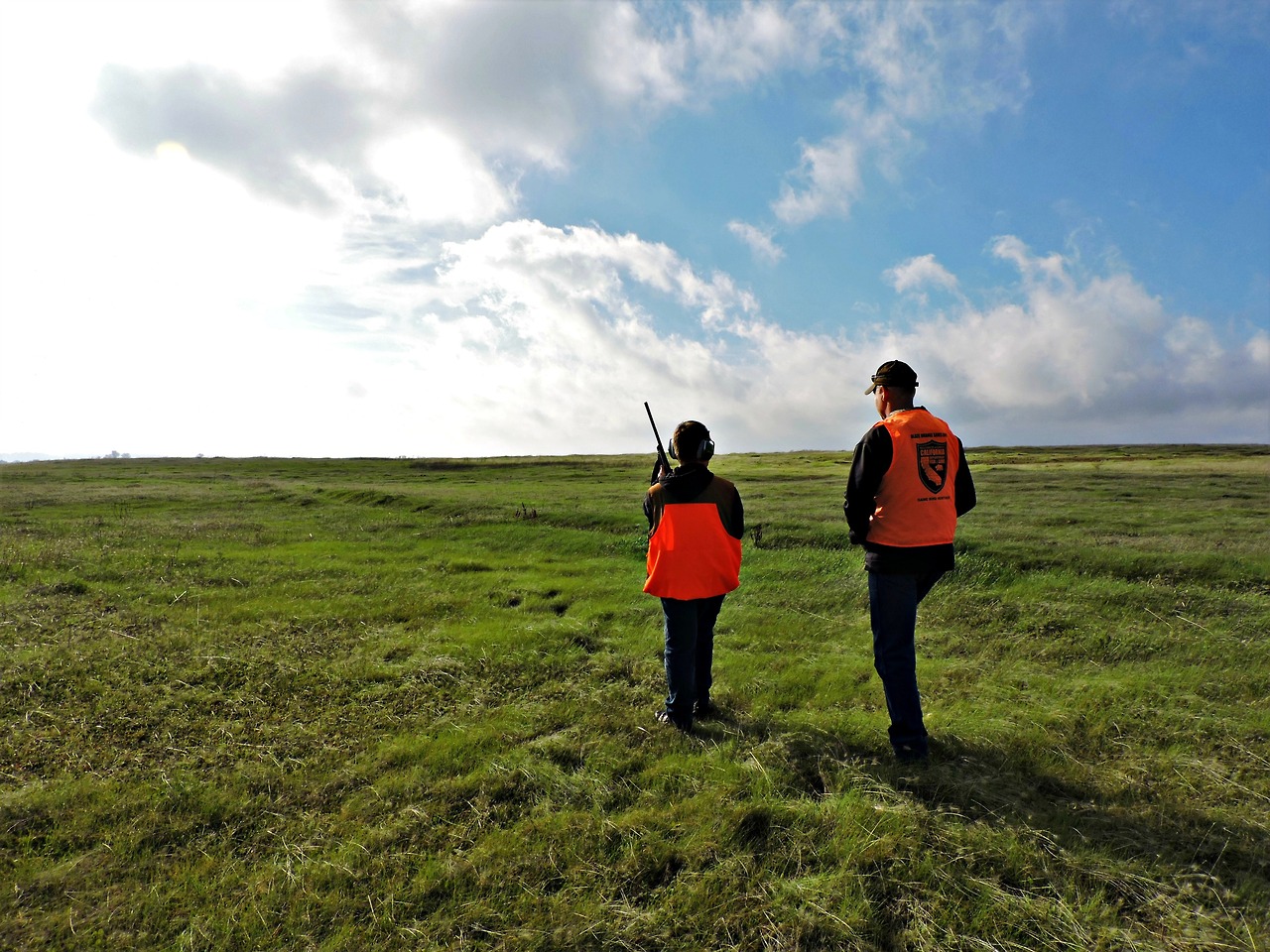




One of the properties described in this article is in Unit 4, which is open to residents only. It also describes another property that is not open to spring turkey walk in access, only fall.